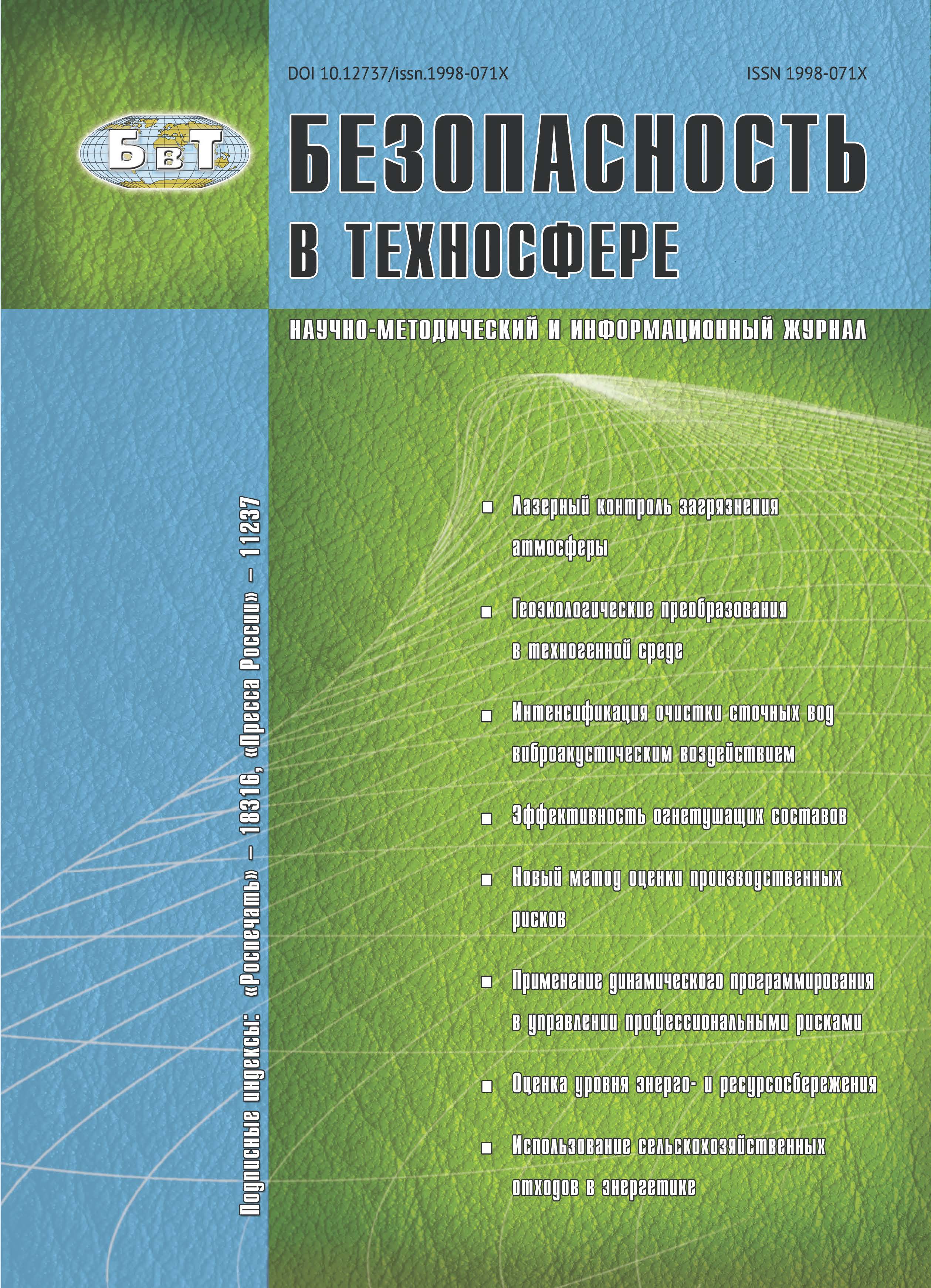Researches prove that precision operations staff demonstrates visual fatigue during the shift depending not only on visual load, but on the level of general physical capacity. It is established that given the low level of physical capacity women show greater visual analyzer changes than men during the shift. On-shift activities to increase the physical training level are necessary to maintain work capacity.
general physical working capacity, visual fatigue, high-precision operations.
На современном производстве резко увеличился контингент лиц, выполняющих трудовые операции с малыми объектами различения, что требует применения в работе оптических средств (лупы, микроскопа). Труд стал более легким в физическом отношении, но при этом увеличились его нервная напряженность, монотонность, гипокинезия (недостаточная двигательная активность) и время пребывания в вынужденной рабочей позе.
Исследования, проведенные рядом авторов, показывают, что в организме работающего человека под влиянием недостаточной двигательной активности, интегральным показателем которой является уровень общей физической работоспособности (ОФР), выявлены изменения, свидетельствующие о развитии зрительного напряжения в динамике смены [1, 2, 3]. Известно, что низкий уровень ОФР увеличивает физиологическую стоимость работы вследствие снижения резервных возможностей организма, что выступает причиной развития утомления и снижения работоспособности.
1. Abolian L.V. The value of the level of General physical capacity in the development of fatigue of workers in the context of professional hypokinesia. Zh. Gigiena truda i profzabolevaniya. [J. occupational Hygiene and Industrial medicine]. 1982, I. 10, pp. 14-18. (in Russian)
2. Yampolskaya G.E., Shardakova E.F., Elizarova V.V. Study of the relationship of the OFR and morbidity. Sb. nauch. trudov «Psihofiziologicheskie aspektyi trudovoy deyatelnosti» [In proc. scientific. works "Psychophysiol. aspects of the labor activity” ]. Tver, 2007, pp. 43-49. (in Russian)
3. The RF Government decree dated 15.04.2014 No. 302 «Ob utverzhdenii gosudarstvennoy programmyi RF «Razvitie fizicheskoy kulturyi i sporta» [About approval of the state program of the Russian Federation "Development of physical culture and sport]".
4. Matuhin V.V, Bukhtiyarov I.V., Yushkova O.I. The Role of the physiology of labor in co-storage performance and health among workers of different types of work. Zh. Meditsina truda i prom. ekologiya [J. occupational Medicine and Industrial ecology] 2013, I. 6, pp. 19-24. (in Russian)
5. Mironov A.I., Gadakchan K.A., Gilova N.A. Physiological and hygienic assessment of the safety and health of persons visually-intense work. Mat. X Vseross. s´ezda gigienistov i san. vrachey. [Mat. X All-Russian. Congress of hygienists and San. doctors]. Moscow, 2007, V. 2, pp. 1180-1182 (in Russian)
6. Kornyushina T.A. Health care workers hand-strained types of labour. Sb. mat. Y1 Vseross. kongr. «Prof. i zdorove». [In proc. Mat. Y1 Of The Russian.congruence. "Prof. and health.»]. Moscow, 2007, pp. 103-104. (in Russian)
7. Guidelines for the assessment of physiological norms of stress the body with regard to gender differences in different types of labor activities ( mental, visually-intense, physical). Utverzhdenyi na Mezhvedomst. Nauchnom Sovete [Approved at Megadams. Scientific Council] No. 45 G. 26.02.2015.






